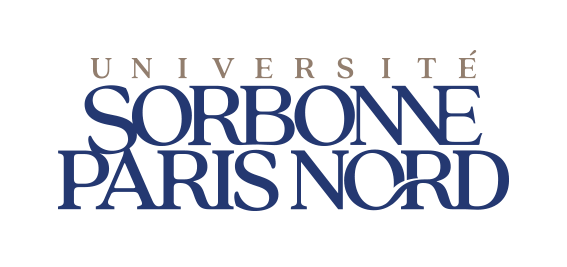Licensing and the rhetoric of fun: the cute and the cool
Résumé
Purpose – This paper was presented at the CTC conference of Milan 2012. It aims to analyse how licensing is used in the different ways of addressing items to children. This way of addressing the child can be called rhetoric in that it is a way of persuading, seducing, capturing children with the product itself. For this, the object has to be fun, and using mass-culture and licensing is an easy means to develop this address. There are different kinds of rhetoric of fun. Using the analysis of Cross, this paper seeks to discriminate between the rhetoric of cute (using the example of Hello Kitty) and the rhetoric of cool (using the French-Swiss comic character Titeuf). Design/methodology/approach – The paper analyses the meanings of objects offered to children. The author uses a socio-anthropological approach first developed for the toy (Brougère) that consists of analysing the meanings of an object while taking into account the different dimensions that link it to network design, manufacturing, distribution and use. The paper highlights one of these dimensions, that of addressing the child, how the object integrates the fact that it is intended for, made for the child. This address can be called rhetoric in that it is a way of persuading, seducing, capturing children with the product itself. Findings – Through the distinction between cute and cool, the intention is to contribute to the analysis of the contemporary deployment of an entertainment culture which is incorporated into childhood objects, while being a way to capture the interest of children themselves. Research limitations/implications – The research is limited to the analysis of the object before it is used by the child. The author is conducting other research to analyse the other aspects. What is of interest here is the construction of this address, the dynamic of the rhetoric; in fact what the child does with it needs another study, one that is being conducted separately. The paper does not present the point of view of the child, which is not a way to reject it, but rather to state that it is a subject in itself. Before grasping the interpretations produced by children one must understand the dynamic of address that is proposed by the objects themselves in the anthropological perspective that has been taken on, namely the highlighting of cultural meanings. Practical implications – There are no direct practical implications, because it is a research paper. Originality/value – There is this kind of question (how one is to address the objects to children) and this kind of analysis (the rhetoric of fun) in the literature. This is an original analysis, using some important results from Cook and Cross.
